Who Will Be Most Affected by Rising Sea Levels?
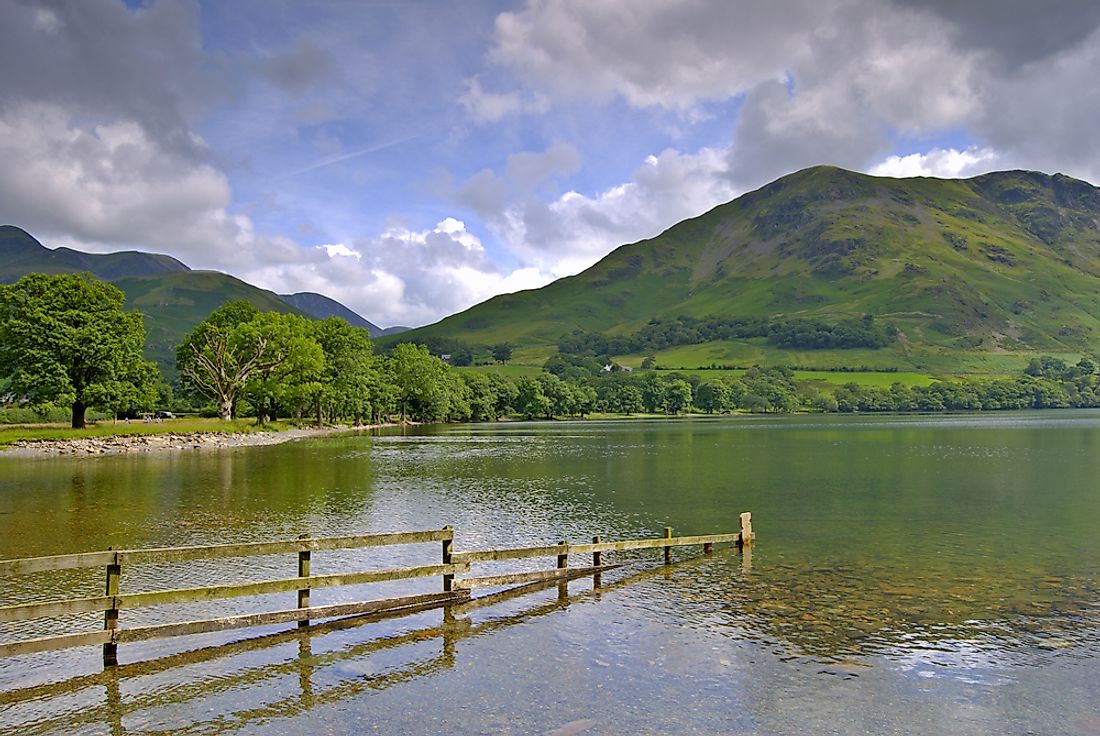
The mean global sea level has risen by 4-8 inches over the past century with the annual rate doubling in the past 20 years. This has been attributed mainly to three factors: thermal expansion, melting glaciers (or polar ice caps), and ice loss from Greenland and Antarctica. In general, island countries are the most affected by the rising sea levels, although countries who sit at a low elevation are also very much at risk. In this article, we will discuss some of the countries most prone to the serious problem of rising sea levels.
12. Tuvalu
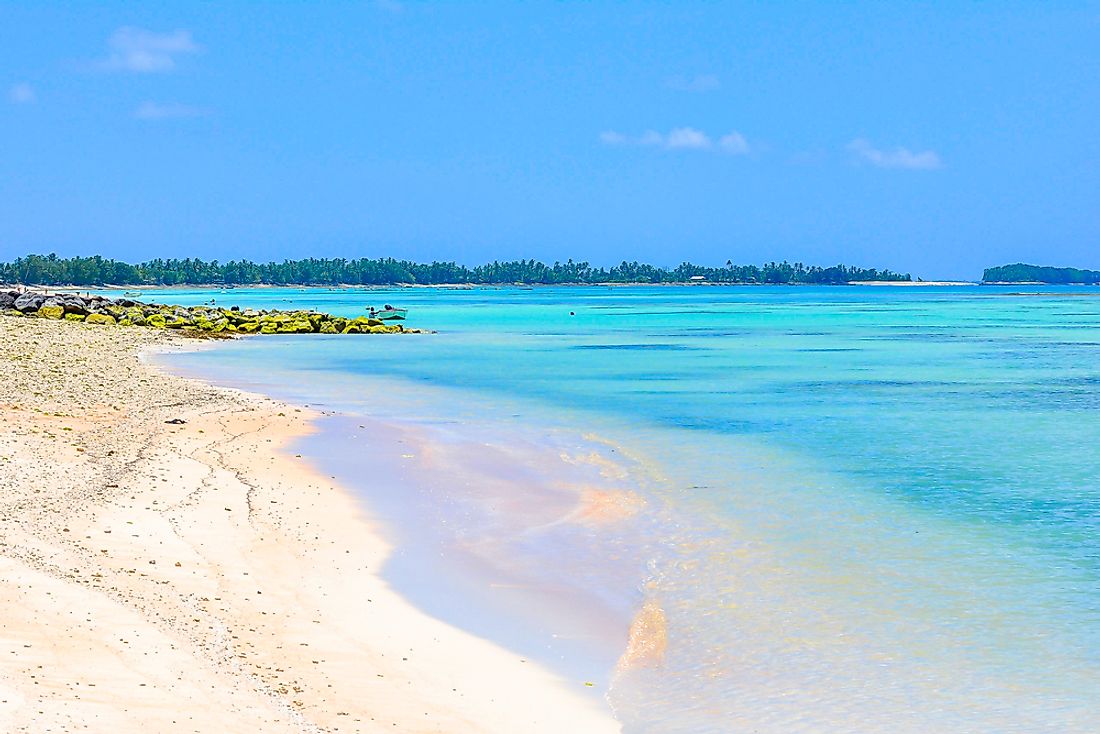
Tuvalu is an island country comprising of nine islands in the Pacific Ocean. The rising sea levels are of a great concern as the islands are low lying at an average of 6.6 ft above the sea level. The highest point of the country is a mere 15ft above the sea level. The University of Hawaii tracked sea levels in the nation for 23 years, a project that began in 1978.Their study showed a rise of 1.2 mm annually. Gradual sea rise has no real threat to coral highlands since they are also growing. However, if the sea rises faster than the growth of the reefs, a real threat to the islands is posed. Tropical cyclones also pose a great danger to the citizens of Tuvalu.
11. Kiribati
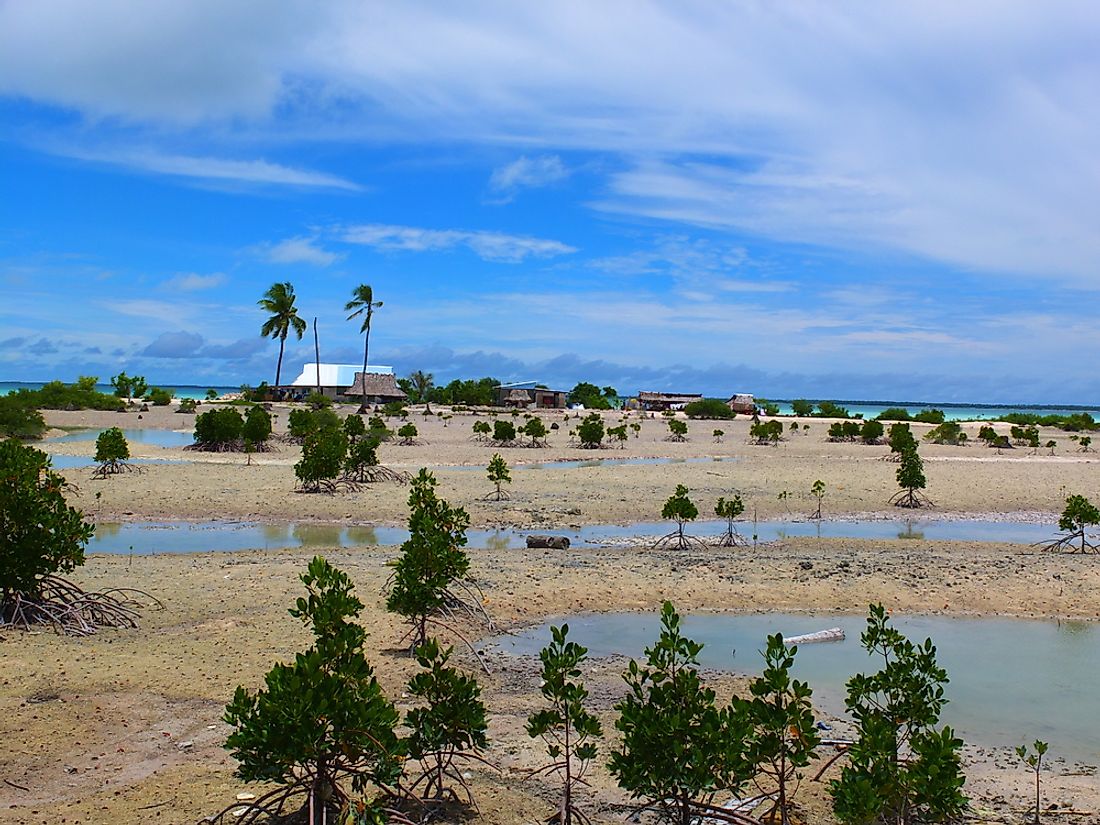
Kiribati is an Island country in the Pacific Ocean consisting of 33 atolls and one solitary island. There are four groups of islands, namely the Banaba, Gilbert Islands, Phoenix Islands, and the Line Islands. In 1999, two islands which were not inhabited were submerged in water after the heavy El Nino downpour. The United Nations has predicted a sea level rise of about 20 inches by the year 2100. This will make the bulk of arable land in Kiribati far too saline. A huge chunk will also be submerged. Although the risk of the entire country being submerged is low, there is a huge risk of cyclones stripping the low-lying island of their vegetation and structures.
10. Palau
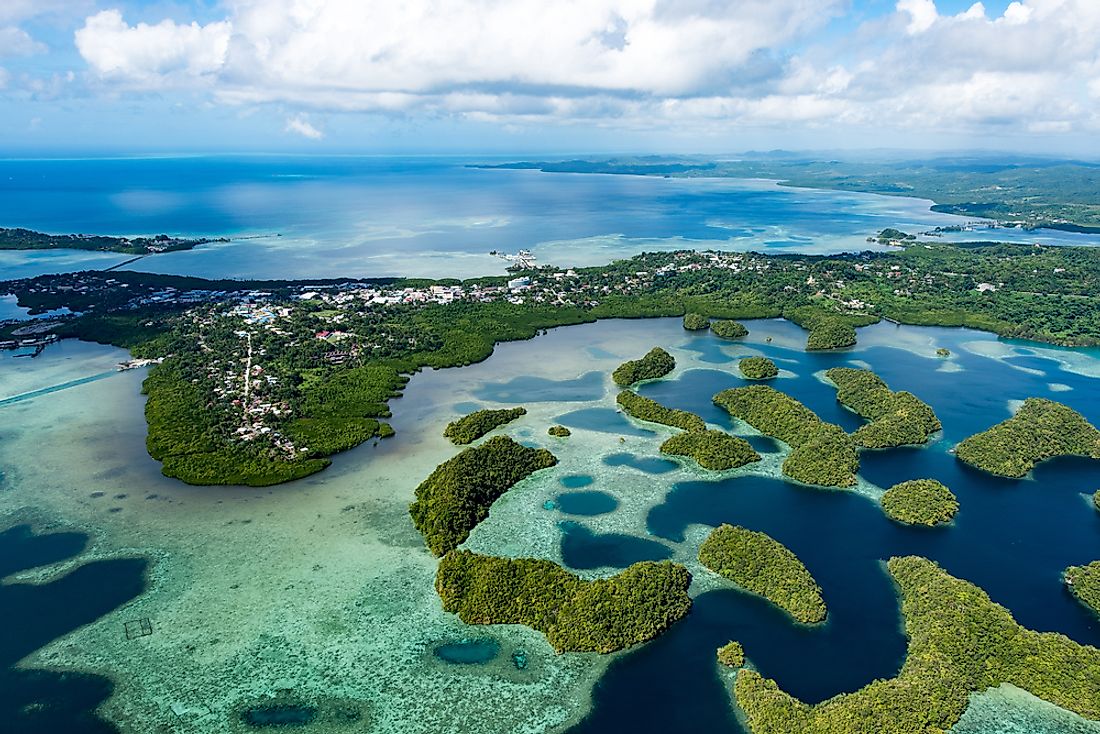
Palau is an archipelago of over 700 islands located in the Pacific Ocean. Traditionally, the people of Palau have learnt to live with the sea and depended on it economically and socially. However, in the recent past, the sea has covered parts of these tiny islands which has caused panic to the inhabitants. Increasing temperature of sea water also leads to massive coral bleaching and thus the country lost about 30% of its corals. The rising sea levels have also affected vegetation and agriculture in the area as sea water now occupies more land mass.
9. Solomon Islands
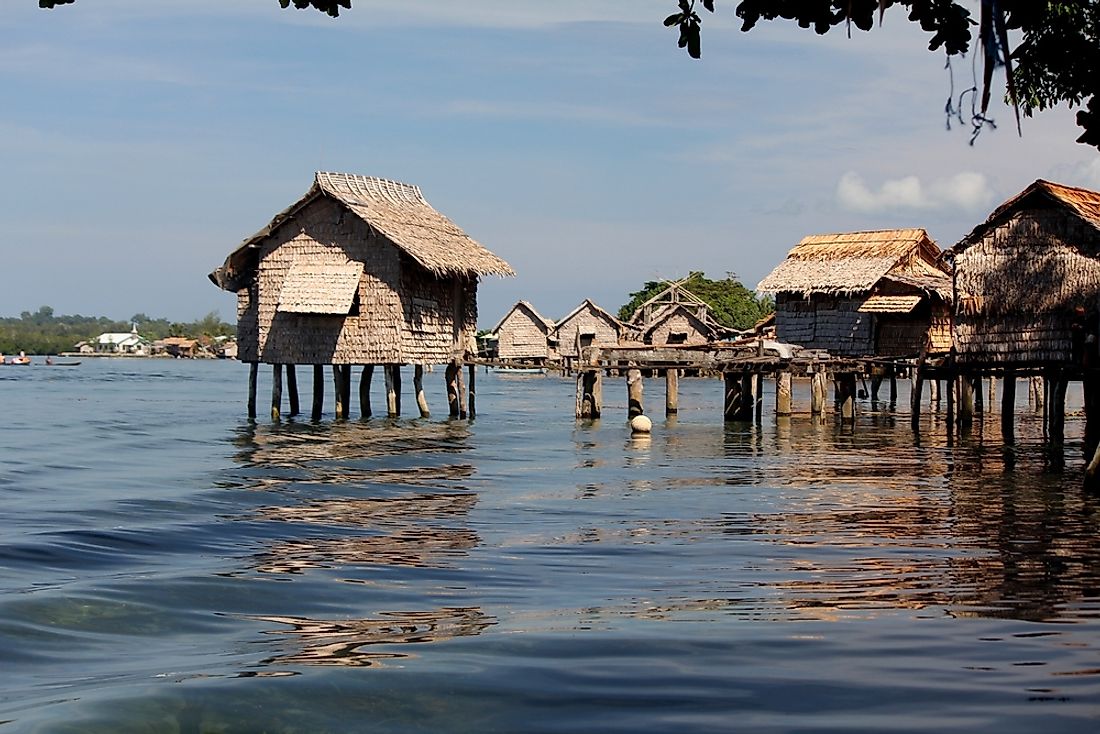
The Solomon Islands is made up of six major islands and more than a thousand smaller islands. The islands are low-lying which makes them vulnerable to the ever-rising sea levels. At least five of these islands have been reported to have been lost completely due to the rising sea levels. Another island, Nuatambu Island, has lost more than 50% of its area to the sea leaving more than 15 families homeless. Many families have been forced to relocate to higher grounds inland or even to other islands in severe cases.
8. Maldives
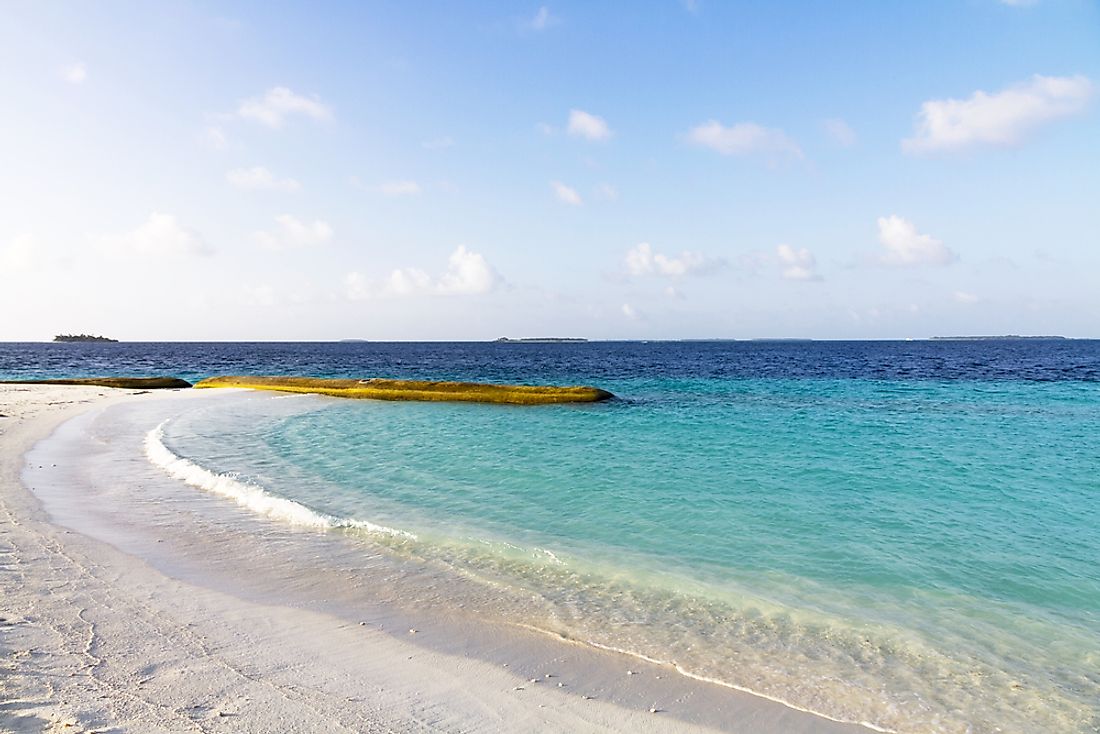
The Maldives is an island archipelago in the Indian Ocean atop of a vast submarine mountain range. It has an average ground level of 4 ft above the sea level, making it the world’s lowest country. The highest point in the island is only 7 feet above the sea level. There are about 1100 corals islands which are groups in a double chain of 26 atolls which are spread over 35,000 square miles. This makes it the most dispersed country in the world. Maldives is ranked as one of the most endangered countries in the world due to rising sea levels and flooding brought about by climate change. According to the Maldivian president, if carbon emissions continue at the prevailing rate, the country will be under water by the year 2020. There are plans by the Maldivian government to purchase land in India, Sri Lanka, and Australia to relocate the population which will be affected by the rising sea levels.
7. Seychelles
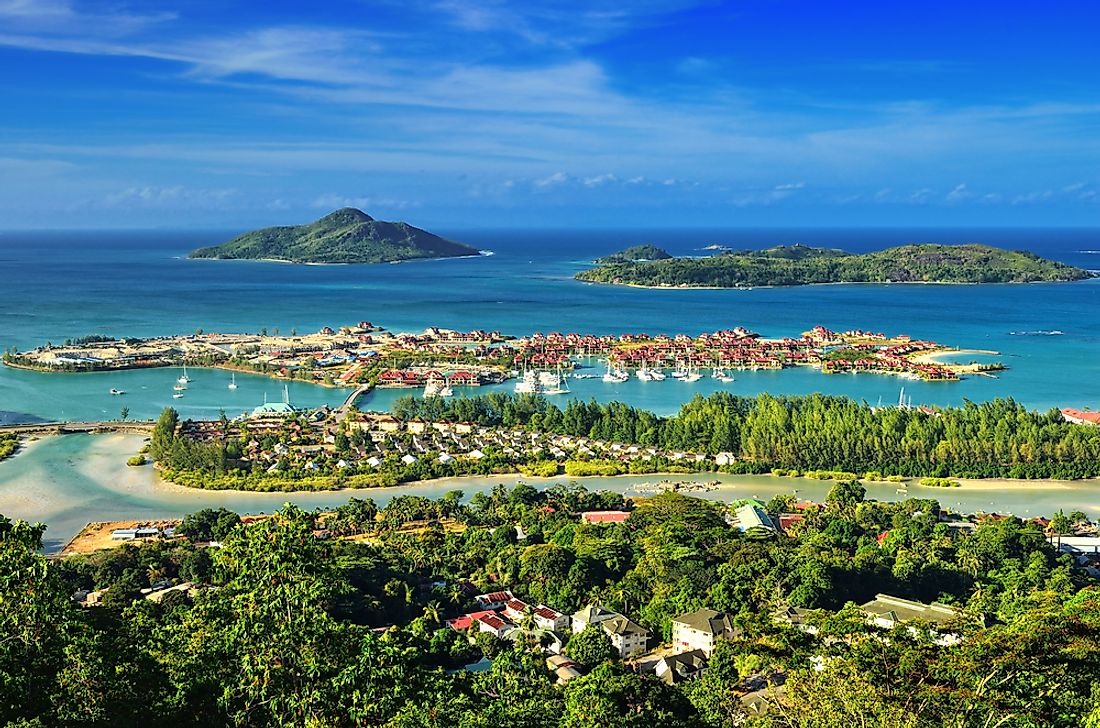
Seychelles is made up of 155 islands in the Indian Ocean on the east coast of Africa. The majority of the highlands are not inhabited. 98% of the total population inhabit only 54 of the islands. The pace of rising sea levels in Seychelles has been unprecedented in the past hundred years. The sea has risen by seven inches which is about 10 times the average in the past 10 years alone. These developments have massive impacts on the economy of the country since about 85% of economic activities occur along the coastline. With the increased erosion along the beaches, tourism is likely to be negatively affected.
6. Vietnam
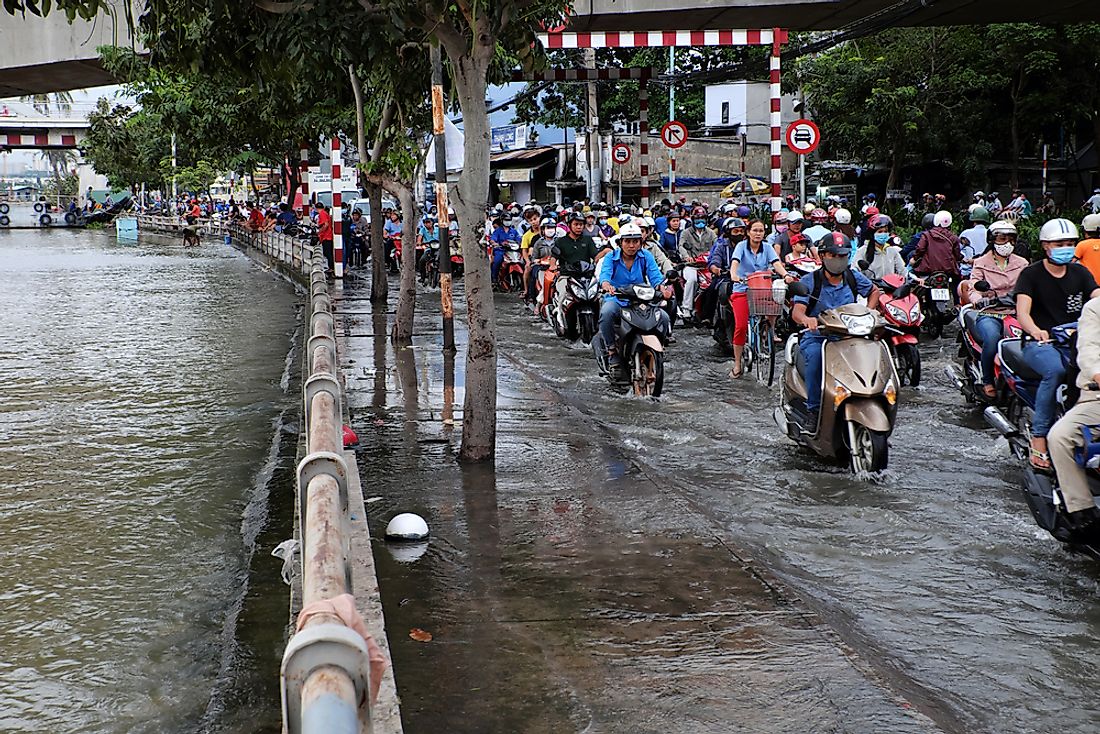
Vietnam is the easternmost nation in the Indochina Peninsula bordering China, Cambodia, Laos, and Thailand among others. The country has a coastline of more than 2,000 miles. The effects of sea level rises has been most strongly felt in the Mekong River Delta where about 22% of the entire population lives and more than half of the entire country’s food is produced. It is estimated that in the coming decades, 40% of the delta may be submerged affecting more than 10 million people. The majority of the citizens at the coastal areas have felt the effects of sea levels and are migrating inland. Farming has also been affected by the high soil salinity levels.
5. Bangladesh
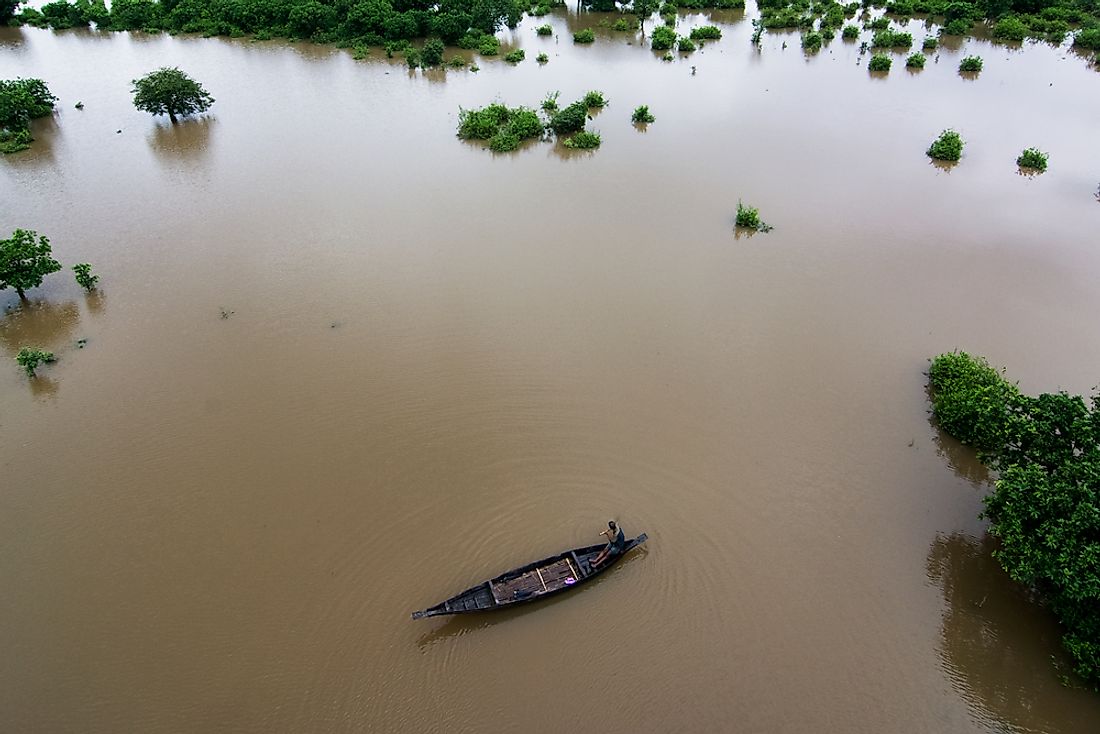
Bangladesh is located in South Asia, bordering India and Myanmar. The country experiences natural calamities likes flooding, cyclones, tornadoes and tidal bores almost each and every year. In 1991, a cyclone left 140,000 people dead and even more homeless. In 1998, over 30 million people we left homeless by a severe flooding. 135,000 heads cattle were also left dead. It is estimated that the rising sea levels will create over 20 million climate refugees in the country in the coming decades.
4. Japan
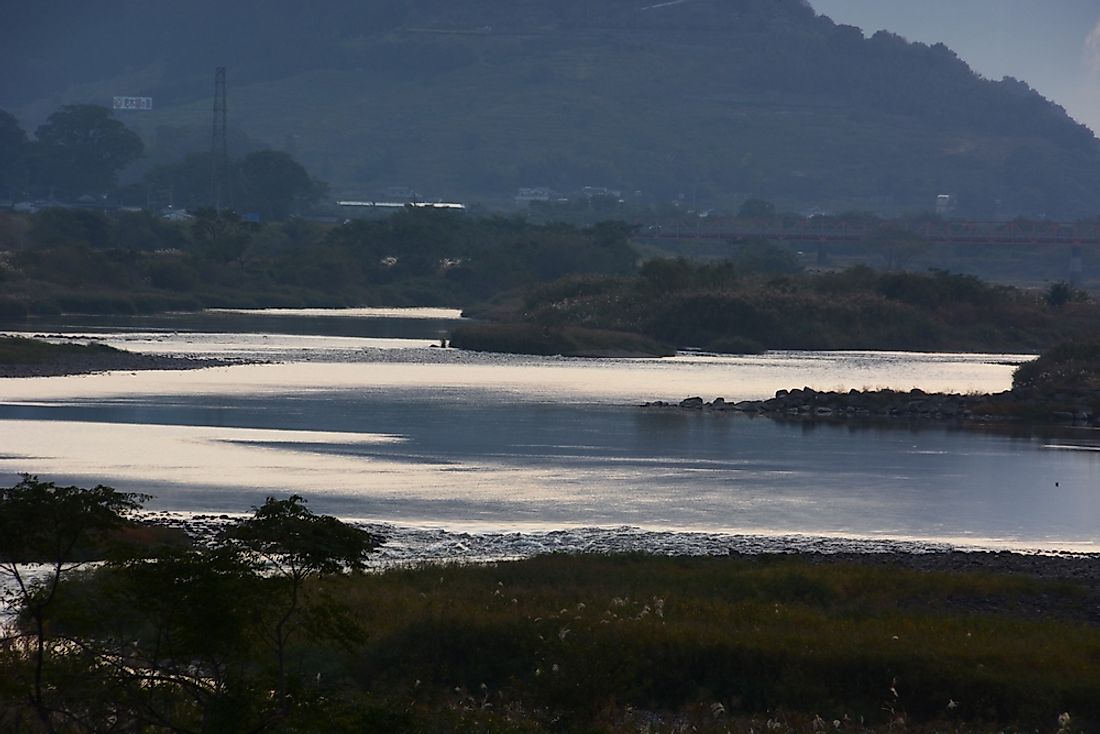
Japan is an island country in East Asia consisting of over 6,852 islands in the Pacific Ocean. The country is facing rising sea levels caused by global warming. It is estimated that a two degrees Celsius increase in the global temperature will submerge an area occupied by over 18 million people while if the increase reaches 4 degrees Celsius, more than 34 million people will be left homeless in the country. The country’s largest city which is also the capital, Tokyo, is also likely to become swampy if the rate of the rising sea levels is not checked.
3. Ireland
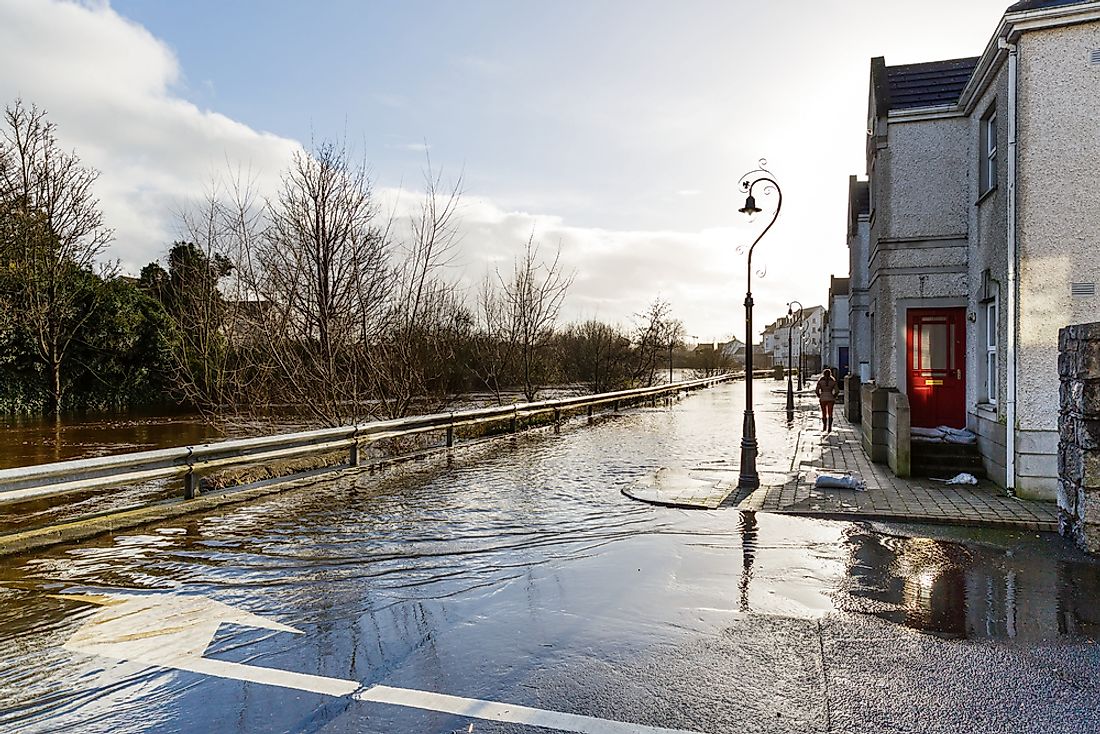
This is an island with a coastline length of 1,738 miles with the highest elevation being 3,415 ft above the sea levels. Each and every year, the rate at which the sea levels are rising is increasing. The two main reasons given to this trend emanate from global warming. One is expansion of water due to sea warming and the other is massive melting of land ice. Some of the adverse effects of the rising sea levels to the country include; flooding, poor water quality, and adverse effects on fishes which are sensitive to changes in temperature.
2. United Kingdom
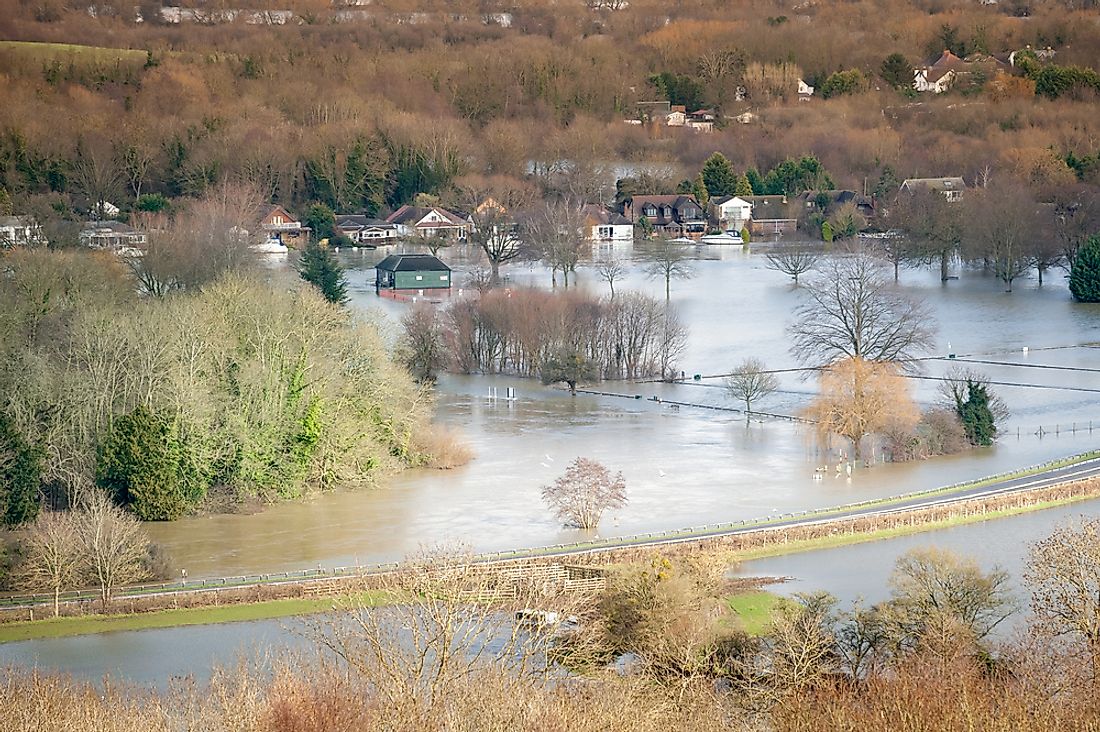
The United Kingdom is a sovereign country in Western Europe surrounded by the Atlantic Ocean. Northern Ireland is the only part of the United Kingdom sharing a border with another county. Most parts of the country consist of lowland terrain with the North-western pats having mountainous terrain. The coastal parts of the country are extremely vulnerable to the ever rising sea levels since they are low-lying. A huge percentage of the British population comprises of the elderly, who are especially vulnerable to the adverse effects of flooding.
1. Netherlands
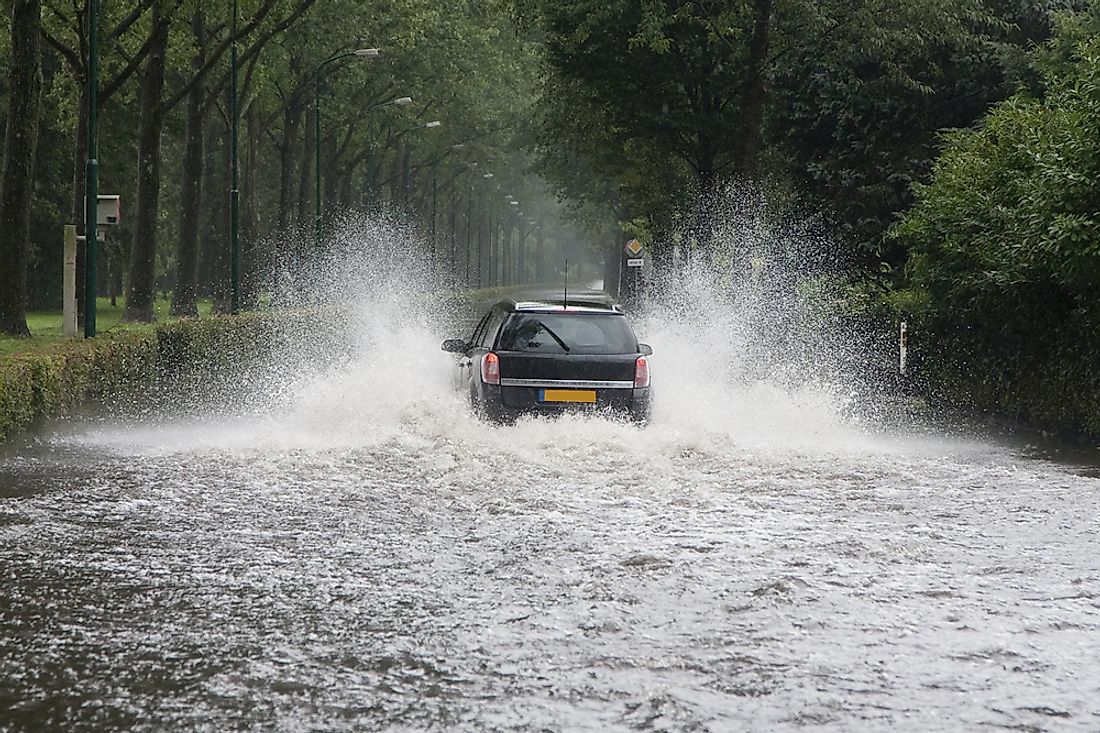
Netherlands is the main constituent country of the kingdom of Netherlands. It is a highly populous country with a population density of about 1,068 persons per square mile. The country is also extremely low lying with over 26% of its land area being below sea level - only about 50% of the country is three feet above sea level. The history of flooding in the country dates back in the year 1134 whereby a storm created an island known as Zeeland. In 1287, another flood left over 50,000 people dead. Frequent flooding has made it very difficult for farming to be worthwhile. The high population in the country makes flooding a dangerous affair. The government has however invested heavily in the building of dikes to protect the country against the rising sea levels and flooding. Other measures taken include the construction of sea defenses and the room or the river project where the government has relocated residents from some areas to allow for periodic flooding. It is estimated that by the end of the century, the government of Netherlands will be spending about 1 billion Euros annually on flood control.











